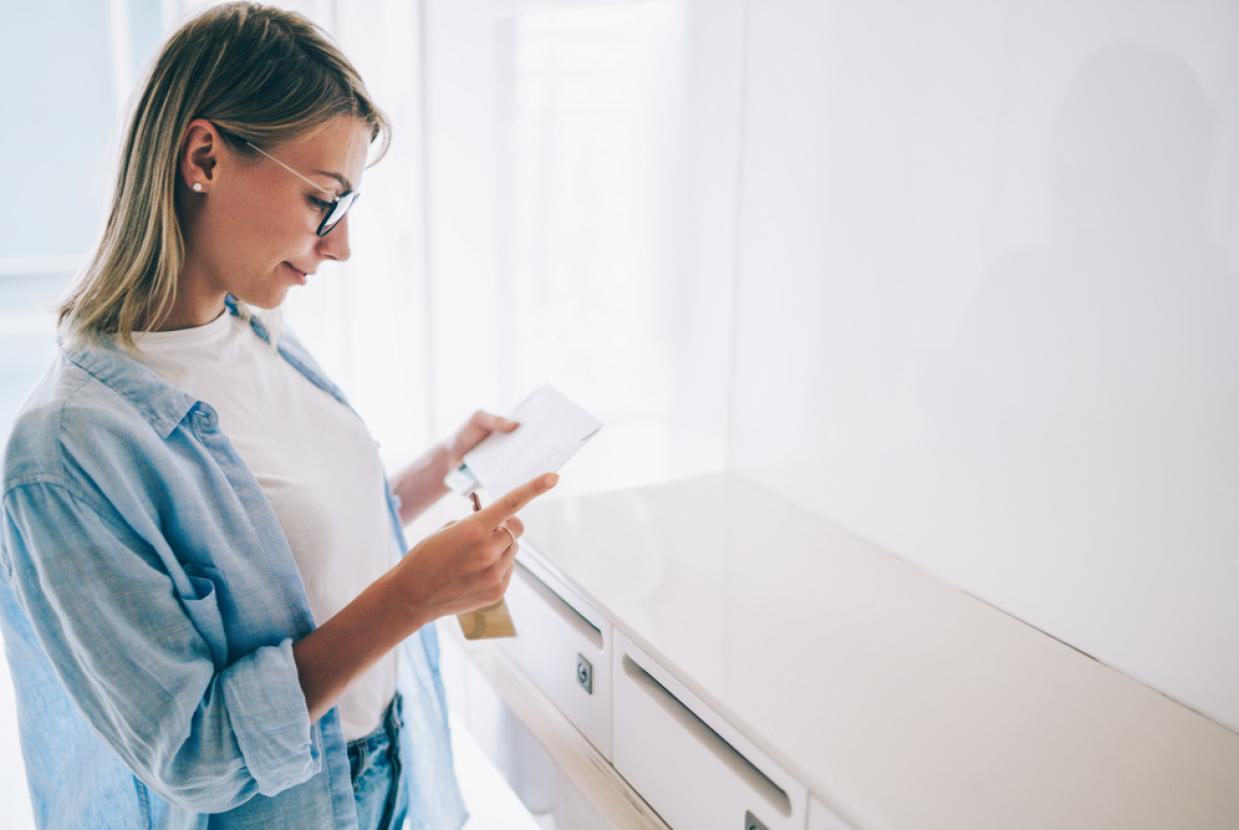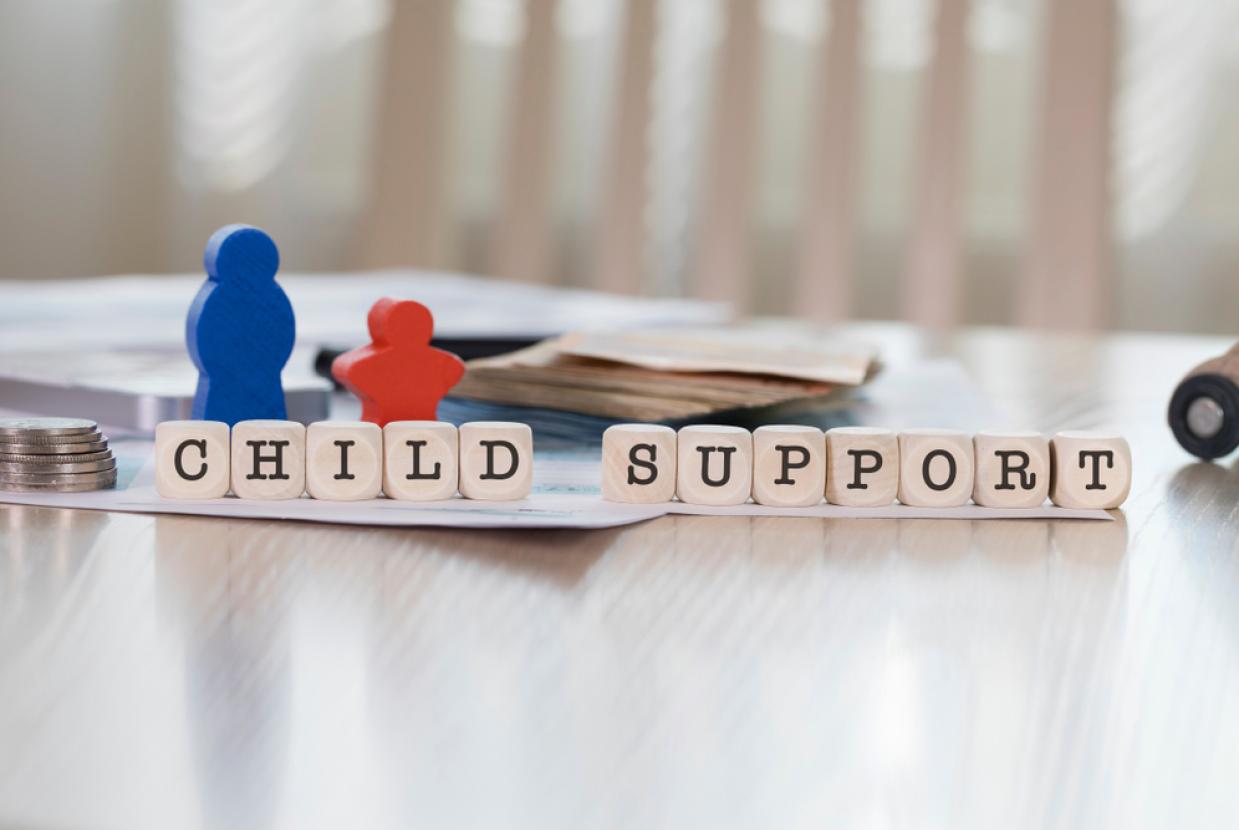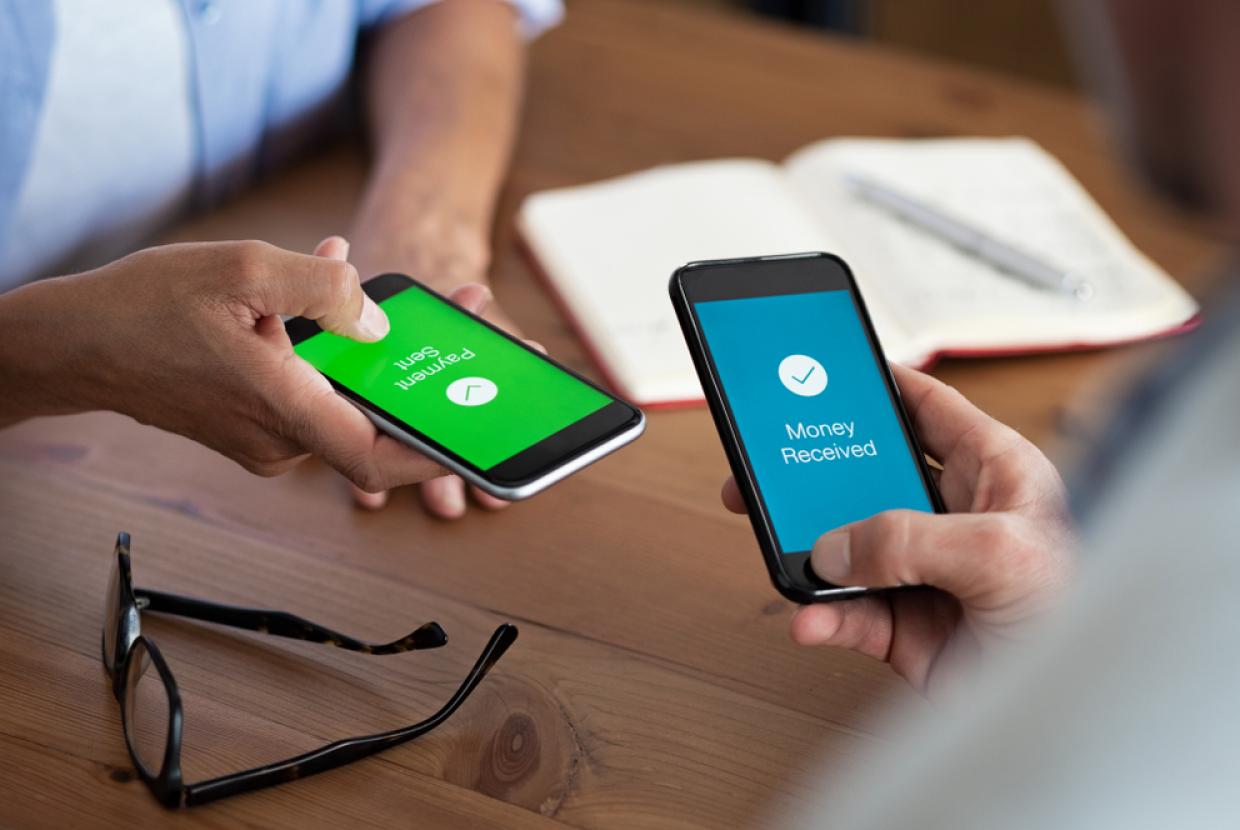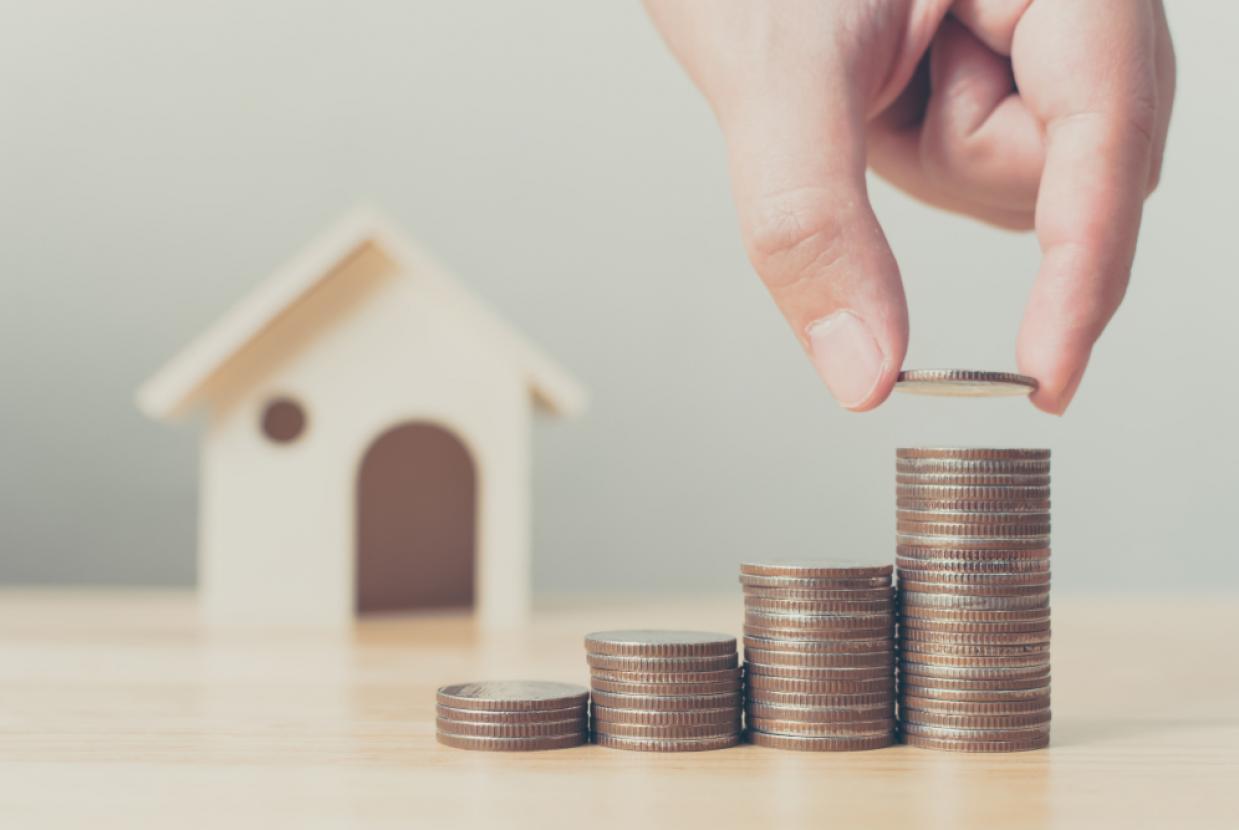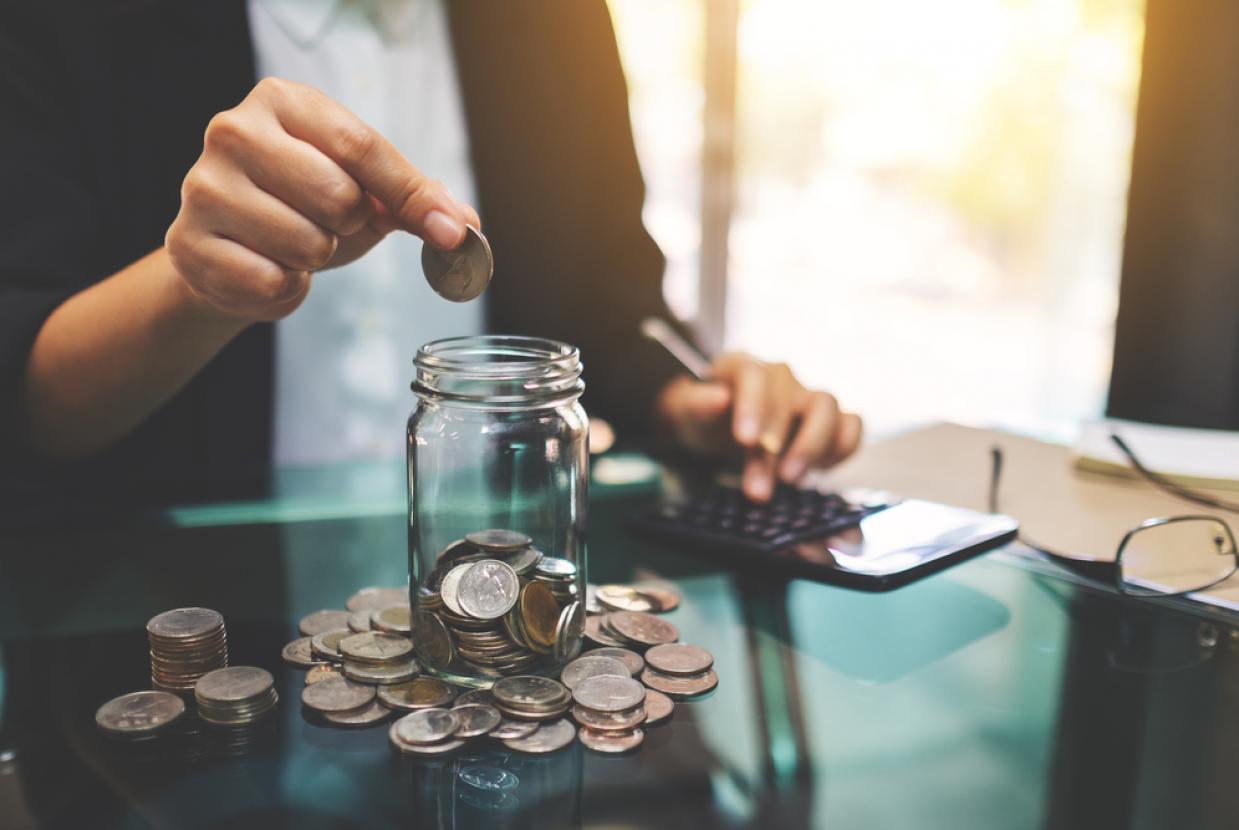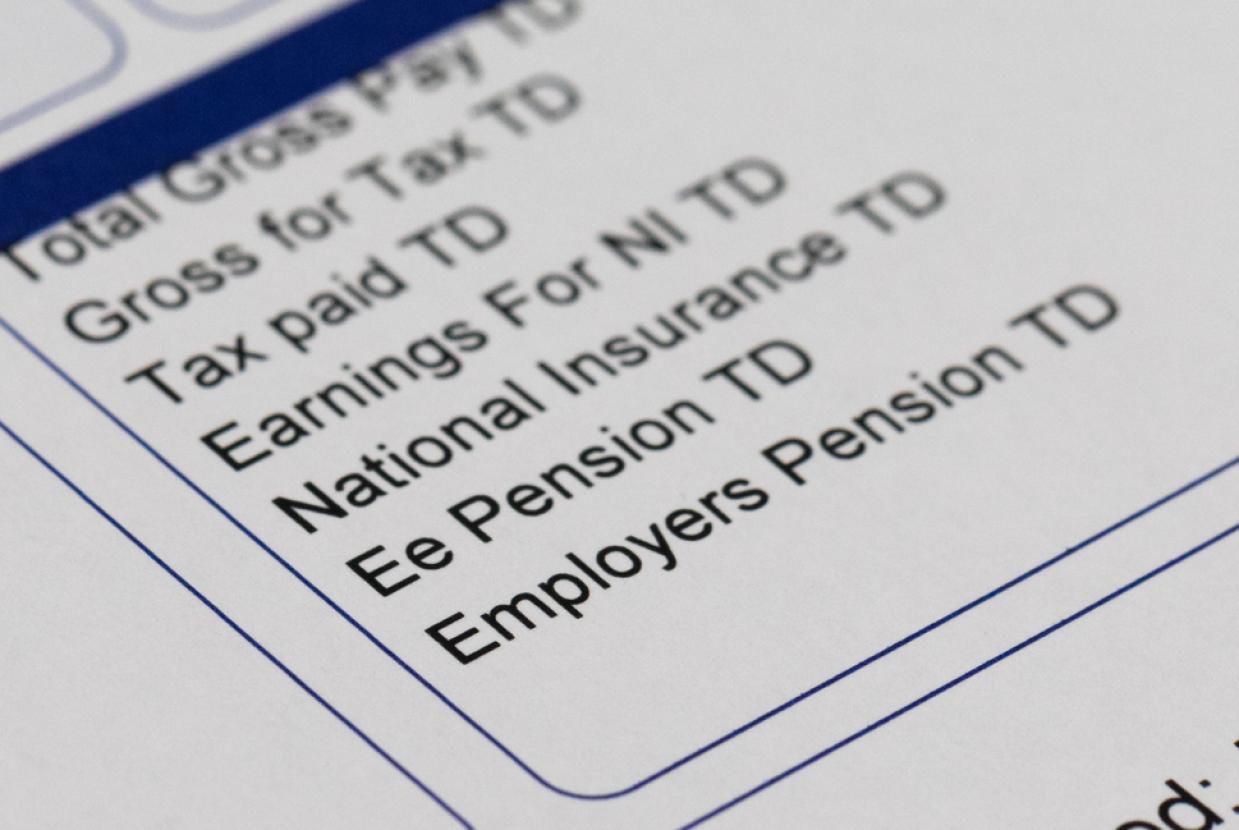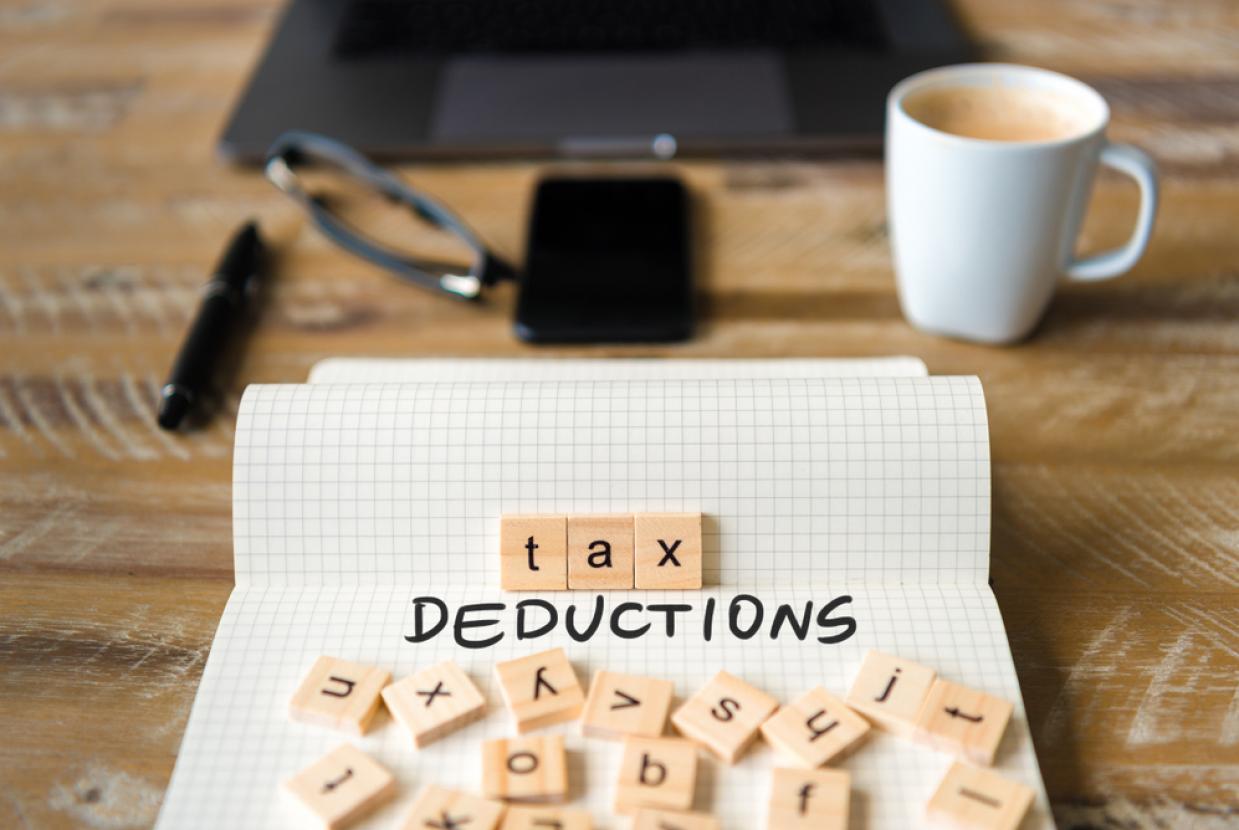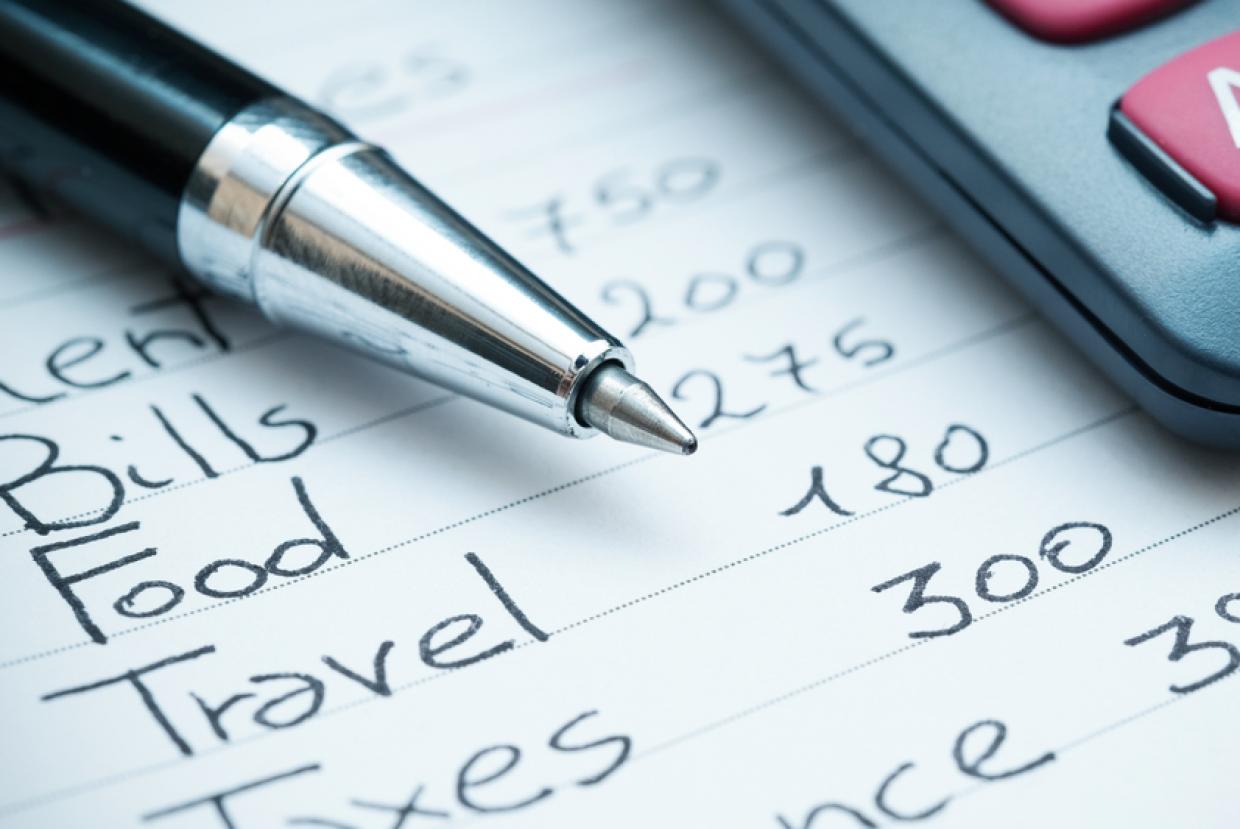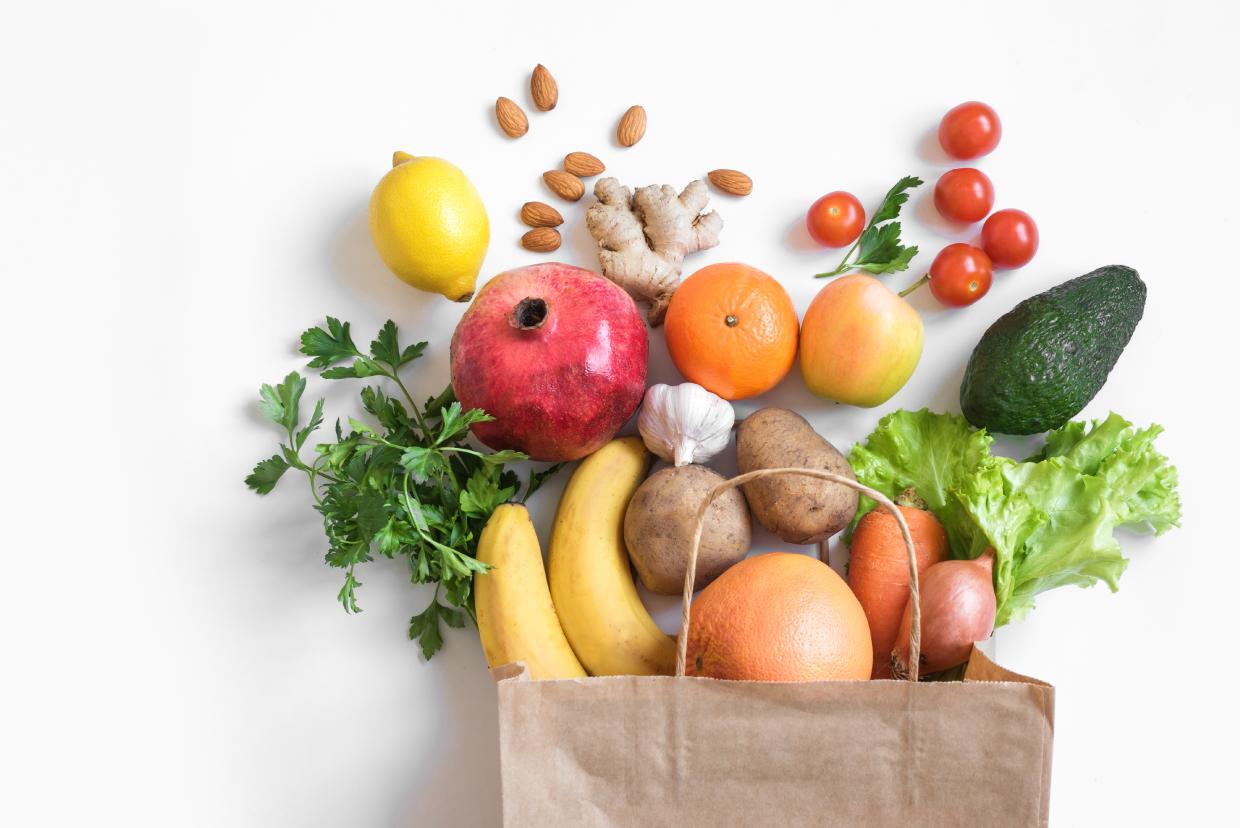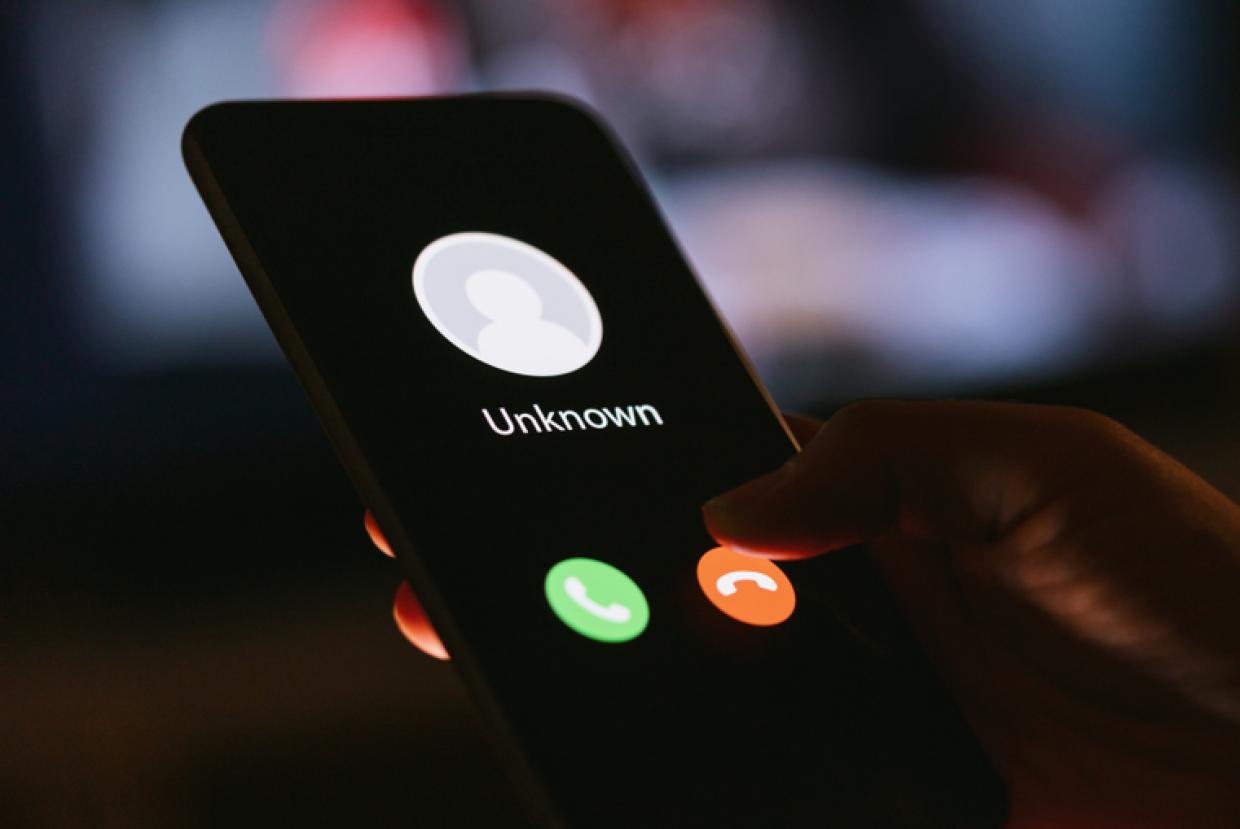Saving Money For Your Children
Financial HealthSaving for a child today is a great gift for their future. Not only can they start their adult lives with some savings, but getting kids involved early with saving also helps them learn important lessons about money. Here are some of the savings options for children that can help you start.
Children’s savings accounts and savings options for children
You can set up an account with a bank or building society on behalf of a child. They can start managing their own account when they reach the age of seven. You can start an account with as little as £1 for any child aged up to 18.
These accounts offer a great way to learn how to manage money and help get kids into the savings habit. And some providers will include a gift with the account, such as a money box.
In some cases, your child can take out their money whenever they like. There are two main types of children’s savings accounts: instant access (also known as easy access) and regular savings.
With an instant access account, you or your child can withdraw or deposit money at any time. Normally, you get a lower rate of interest than with other account types.
Regular savings accounts are designed to encourage children to save an amount every month, and often run for a set amount of time – for example 12 months. If you withdraw within that time, the account might reduce the interest you’ll get. These accounts usually pay a higher rate of interest than instant and easy access accounts as a result.
Comparison websites are a good starting point for anyone trying to find a savings account tailored to your needs.
These websites are good place to start when you’re looking for a savings account:
But be aware that comparison websites won’t all give you the same results. So make sure you use more than one site before deciding.
It’s also important to do some research into the type of product and features you need before making a purchase or changing provider.
Piggy bank
These are a good idea for very young children where the main things they need to learn are that money isn’t a toy and that you need to keep it in a safe place.
It helps them understand the value of different coins and notes, and that bigger coins aren’t necessarily more valuable.
It’s also a good chance to start giving your child regular pocket money, with a small responsibility attached – such as getting weekend treats. This will help them learn that you have to save up for what you want, that you have to make choices, and that when it’s gone, it’s gone.
Keep in mind that the amount of pocket money doesn’t matter, it could be as small as 5p – it’s the practice that’s important. Don’t miss out the responsibility aspect, otherwise your child is at risk of simply collecting money, rather than developing an understanding of how money works.
Junior cash or stocks and shares ISAs (sometimes called JISAs)
If you want to open a Junior ISA for your child and they already have a Child Trust Fund, ask the provider to transfer the money from the Child Trust Fund into the Junior ISA.
Junior cash ISAs can be a good savings option because your child will pay no tax on the interest they earn. Junior stocks and shares ISAs are ‘tax-efficient’ because their investment is free from any liability to Capital Gains or Income tax.
While a parent or guardian must open the account, the money belongs to the child. But they can only withdraw the money after turning 18.
Each child can have one Junior cash ISA and one Junior stocks and shares ISA during their childhood, but it is possible to transfer each to different providers.
Junior cash ISAs work the same way as a savings account, except that the interest is tax-free and the money is locked up until the child is 18.
Junior stocks and shares ISAs let you buy shares, bonds and other eligible investments on behalf of a child. The value of these investments can go down as well as up.
The Junior ISA limit is £9,000 for the 2021-22 tax year.
If the child is aged 16 or 17, they can take out an (adult) cash ISA and save up to £20,000 (2021-22) a year, as well as up to £9,000 in a Junior ISA (2021-22).
Friendly Society tax-exempt plan
Many Friendly Societies have children’s versions of their tax-exempt savings plans. These are mutual benefit organisations, which means they’re owned by their members to work for the advantage of those members.
You can choose to pay into the plan for between ten and 25 years.
Money is invested in a share-based investment fund for the term length you choose. The maximum amount you can pay in is £270 a year, or £300 a year if you pay in £25 each month.
On the maturity date, the child must be at least 16 and you must have paid into the plan for a minimum of ten years.
The value of these types of investment can go down as well as up. Friendly Society policy charges also apply.
As long as you continue to pay into the plan for a minimum of ten years, your child won’t pay Capital Gains or Income Tax on any gains or income.
The tax-free limit of £270 a year is in addition to your annual ISA allowance.
Child Trust Fund accounts
Parents can transfer savings from Child Trust Fund accounts to Junior ISAs. When the Child Trust Fund reaches ‘maturity’ it can also be transferred into an ‘adult’ ISA.
If a child was born between 2002 and 2011, they might have a Child Trust Fund. These can be transferred into a Junior ISA.
If the Child Trust Fund isn’t transferred, when a child reaches 18 they’ll still be able to access the money or can choose to transfer it into an adult ISA.
NS&I Premium bonds
Unlike other savings or investments, where you earn interest or a regular dividend income, with Premium Bonds you’re entered into a monthly prize draw where you can win between £25 and £1 million tax-free.
On average, one in three people win a prize each year with a £1,000 investment. You can buy them for yourself or on behalf of your child, grandchild or great-grandchild.
You must be aged at least 16 to buy Premium Bonds. You’ll need to invest at least £25. You can keep buying bonds for your child until you reach the maximum holding level of £50,000.
You can give your child the responsibility of keeping their investment details safe and being involved in the decision about what to do with their money if they win.
They’re suitable if you want to buy them as a gift for your child or grandchild under 16 if you’re their parent, legal guardian or grandparent.
They’re backed by HM Treasury, so all the money you invest is 100% secure.
Children's pensions
Savings towards your child’s future retirement might not be the first thing you think of when considering the various saving options for your child. But it does mean they’ll only be able to access this pension money when they’re a far more sensible 55 years old.
Any parent or legal guardian can set up a pension, and it will automatically transfer to your child when they reach 18. They can then start to contribute to it themselves.
You could save up to £2,880 tax efficiently each tax year, with the government automatically topping up any contribution by 25%. This means your contribution automatically becomes £3,600.
Contributions over £2,880 in that year are still allowed, but you won’t get any extra contribution from the government.
Any growth in your child pension, such as ISAs, is free of tax. This means that it can start to increase very quickly. Like any investment though, it can also go up as well as down.
For example, assuming you invest the maximum over just three years of £8,640 (£10,800 including the government top-up), assuming an average growth rate of 8% over 50 years, your child pension could be worth £582,000 in 50 years. 25% of this can be taken as a tax-free lump sum.










